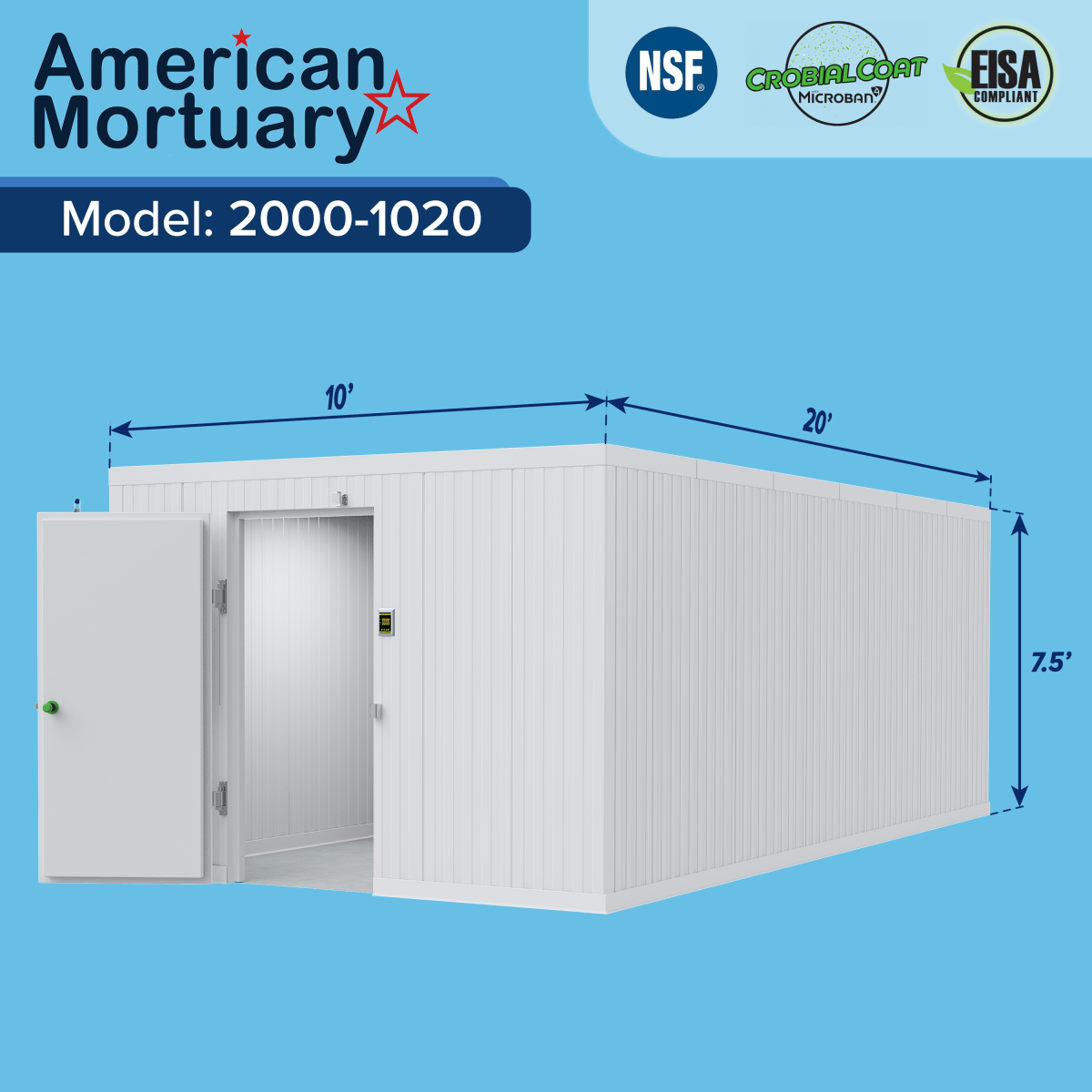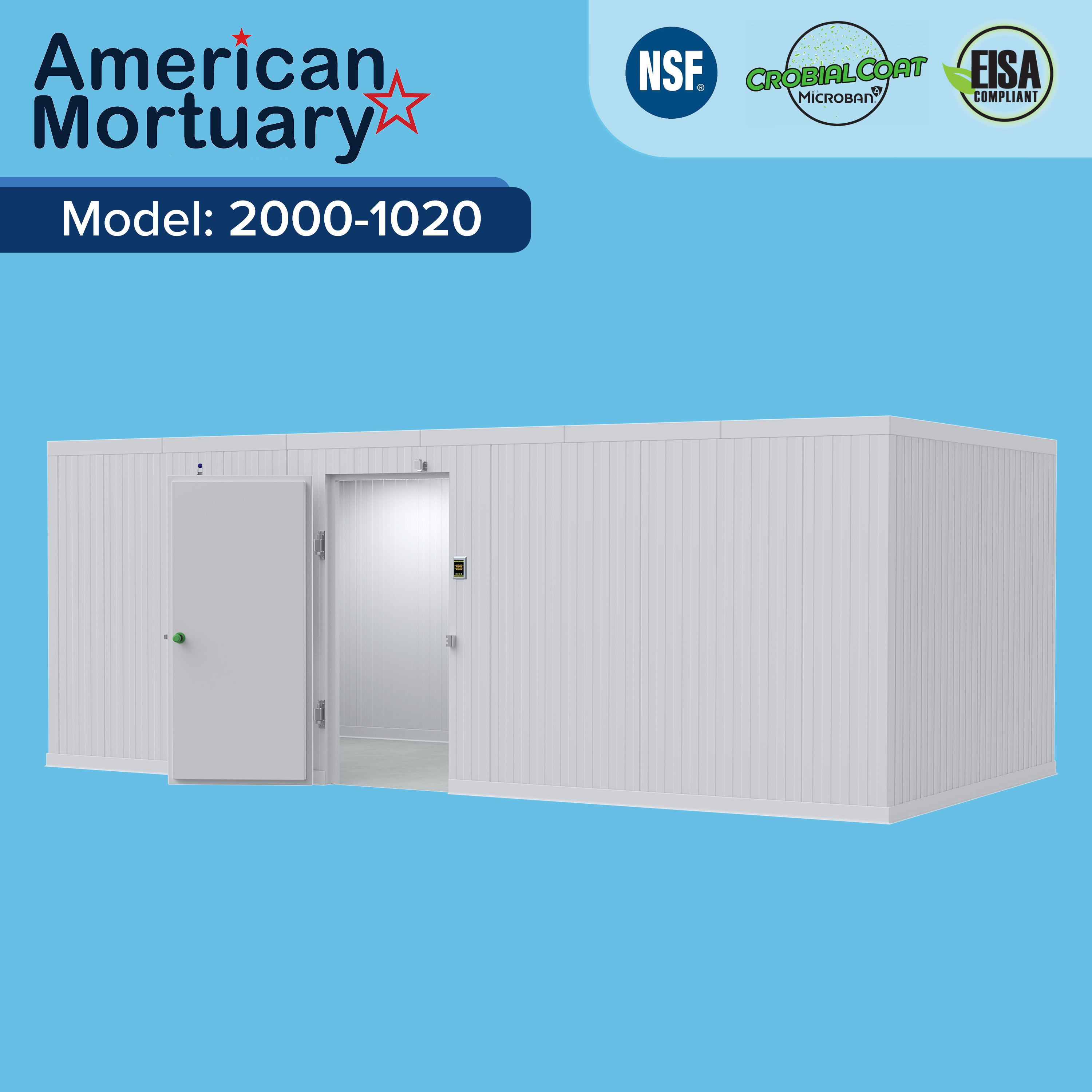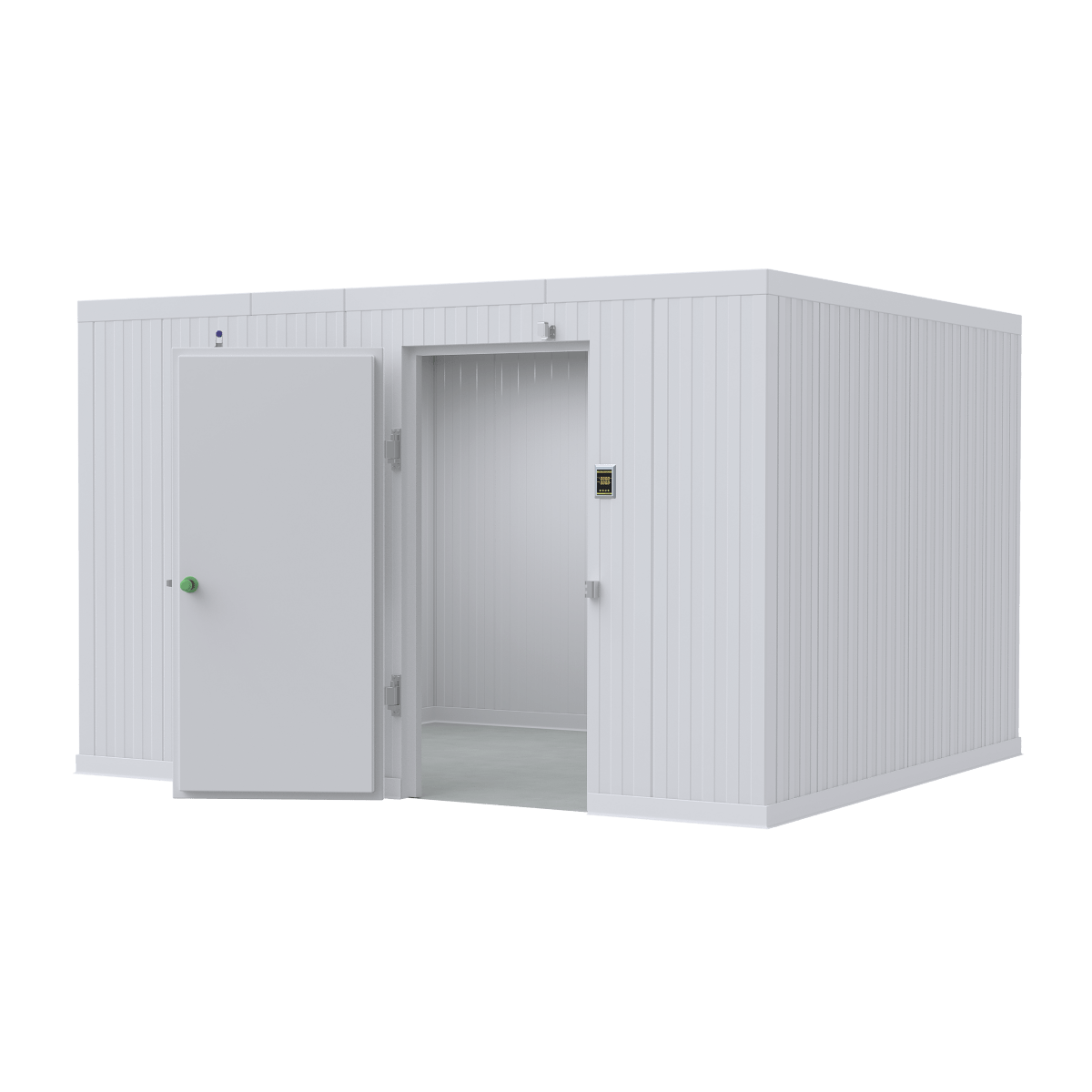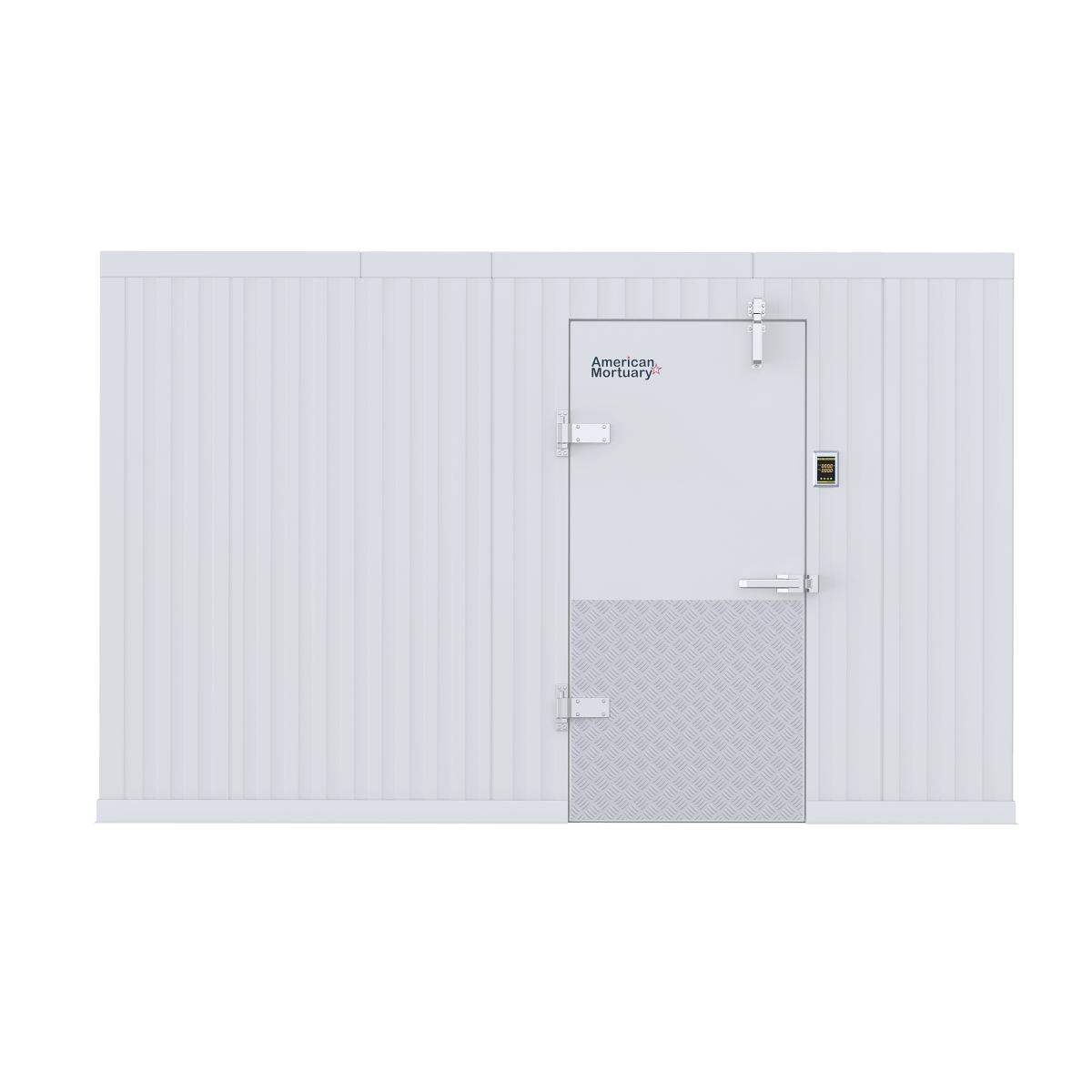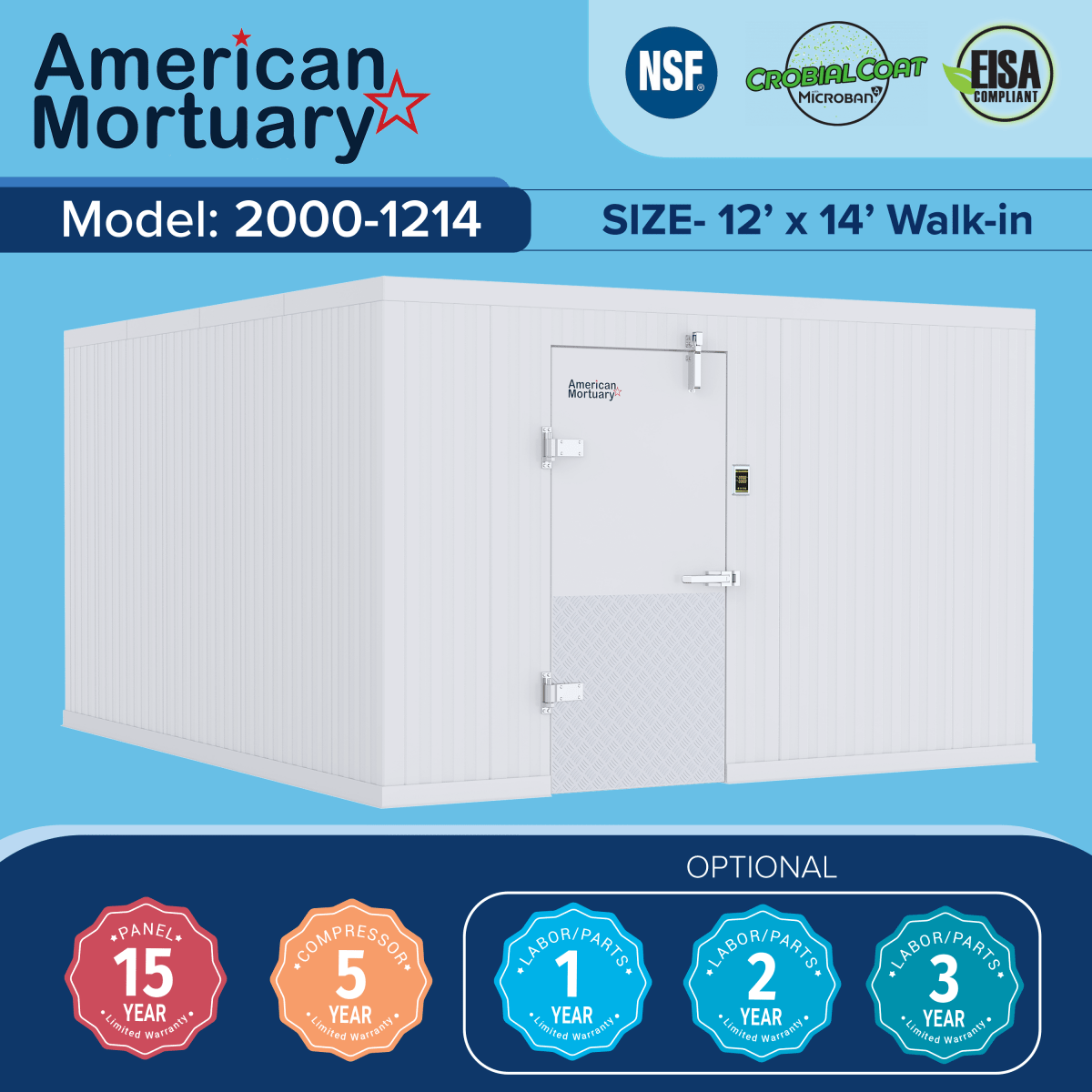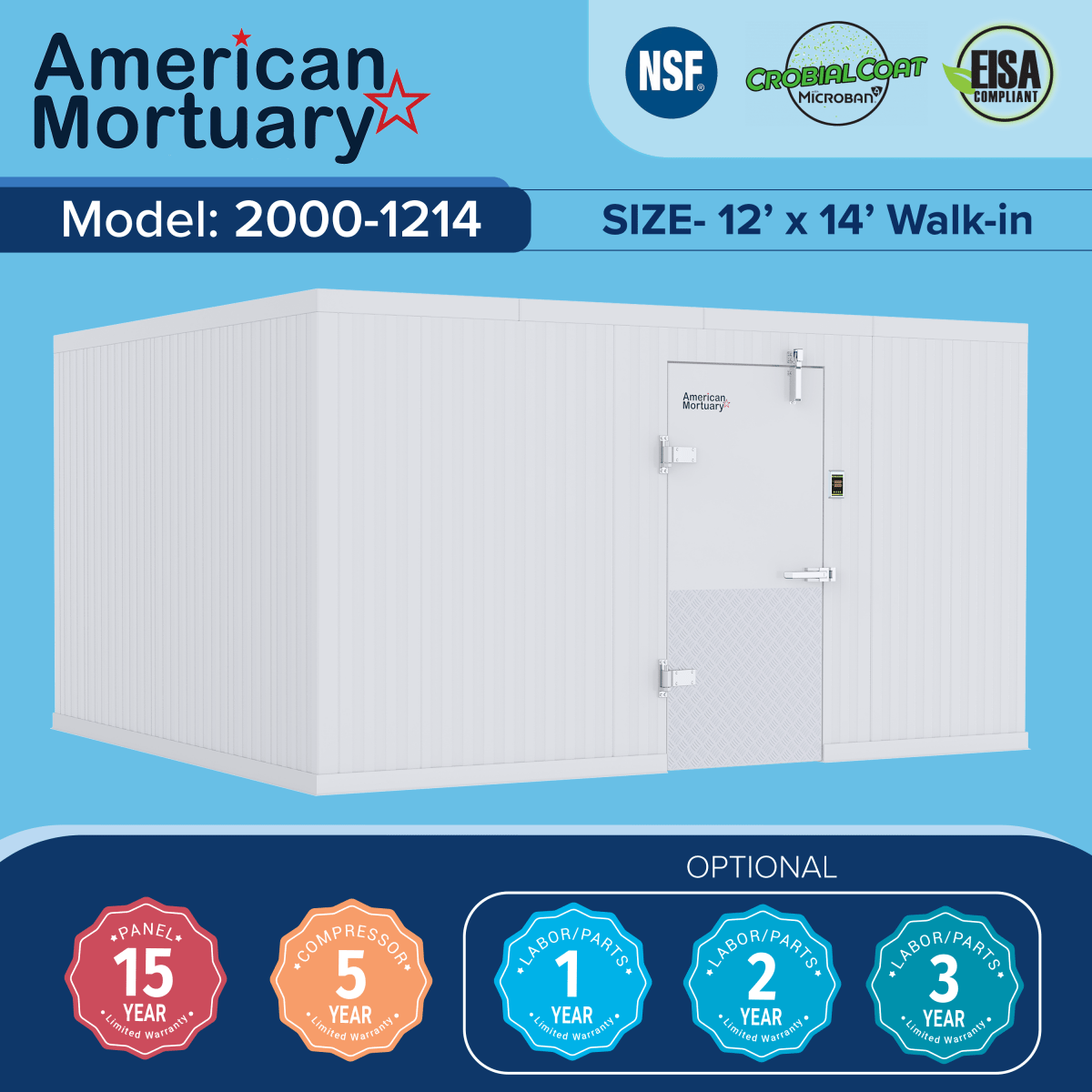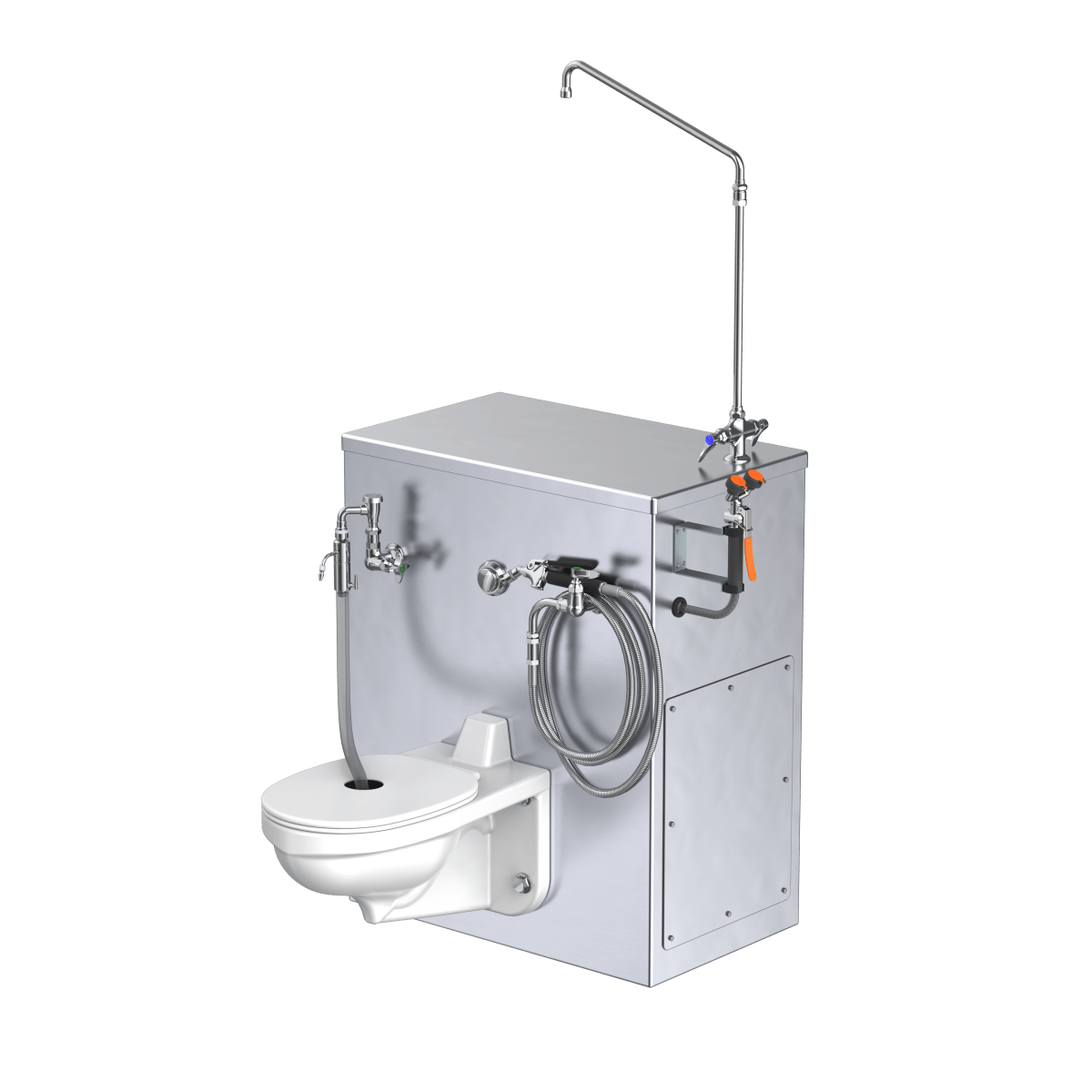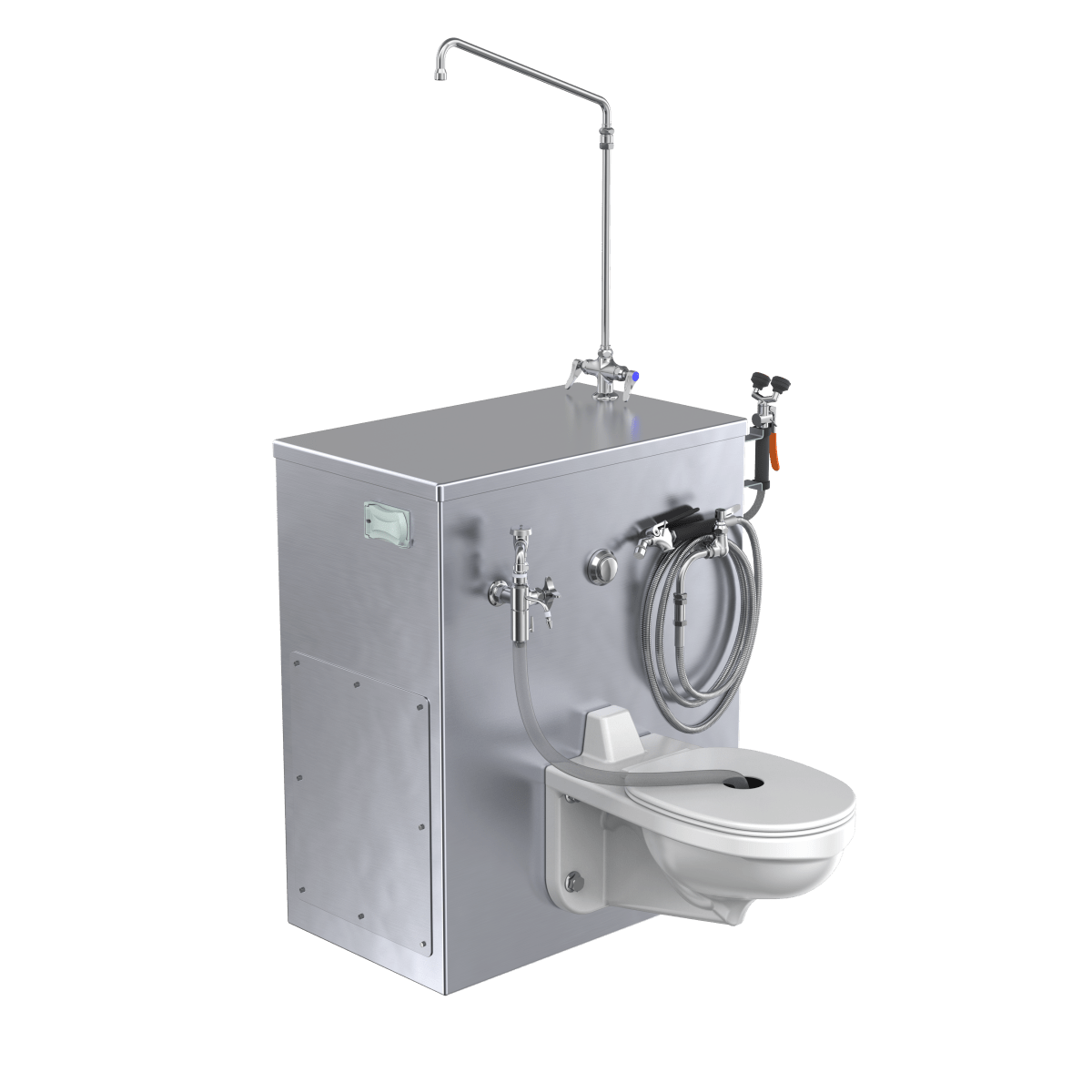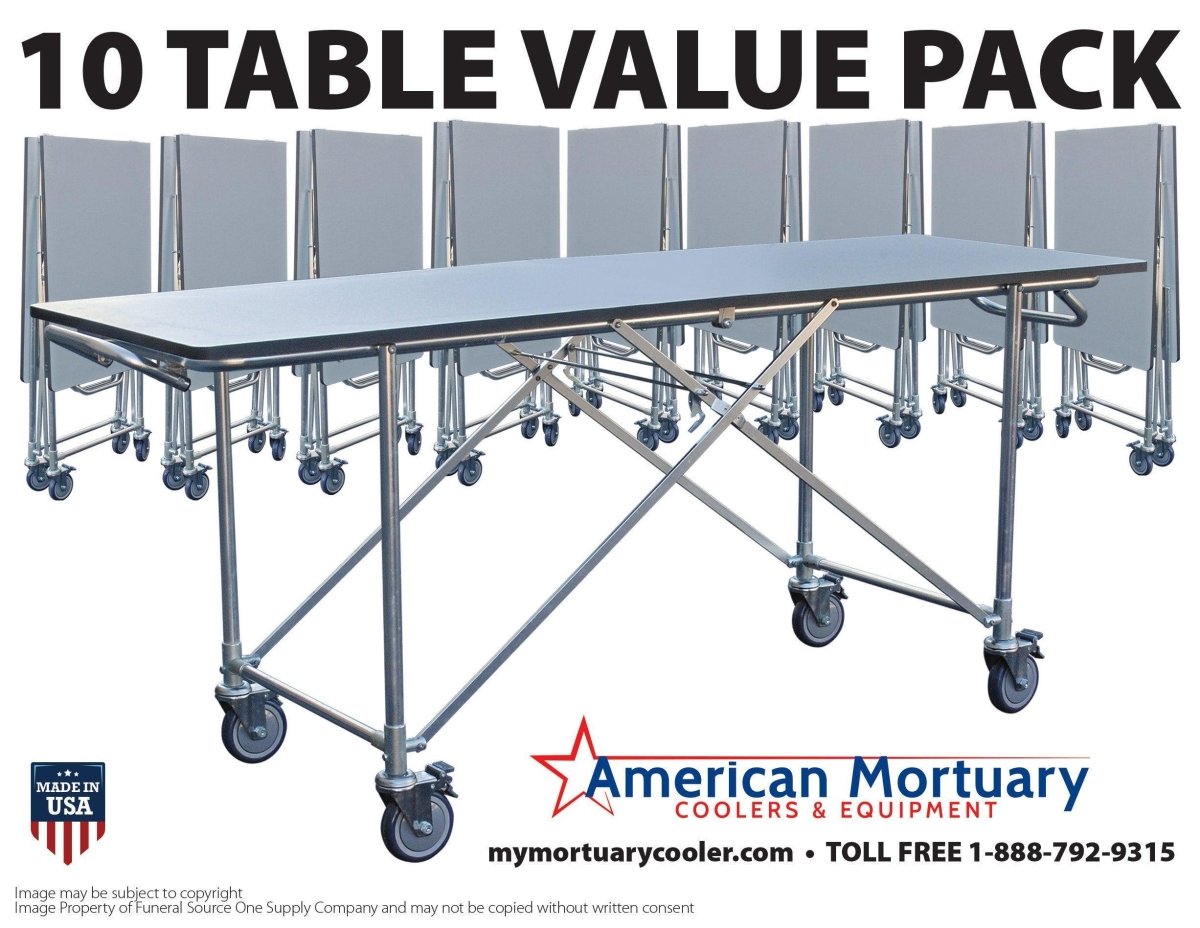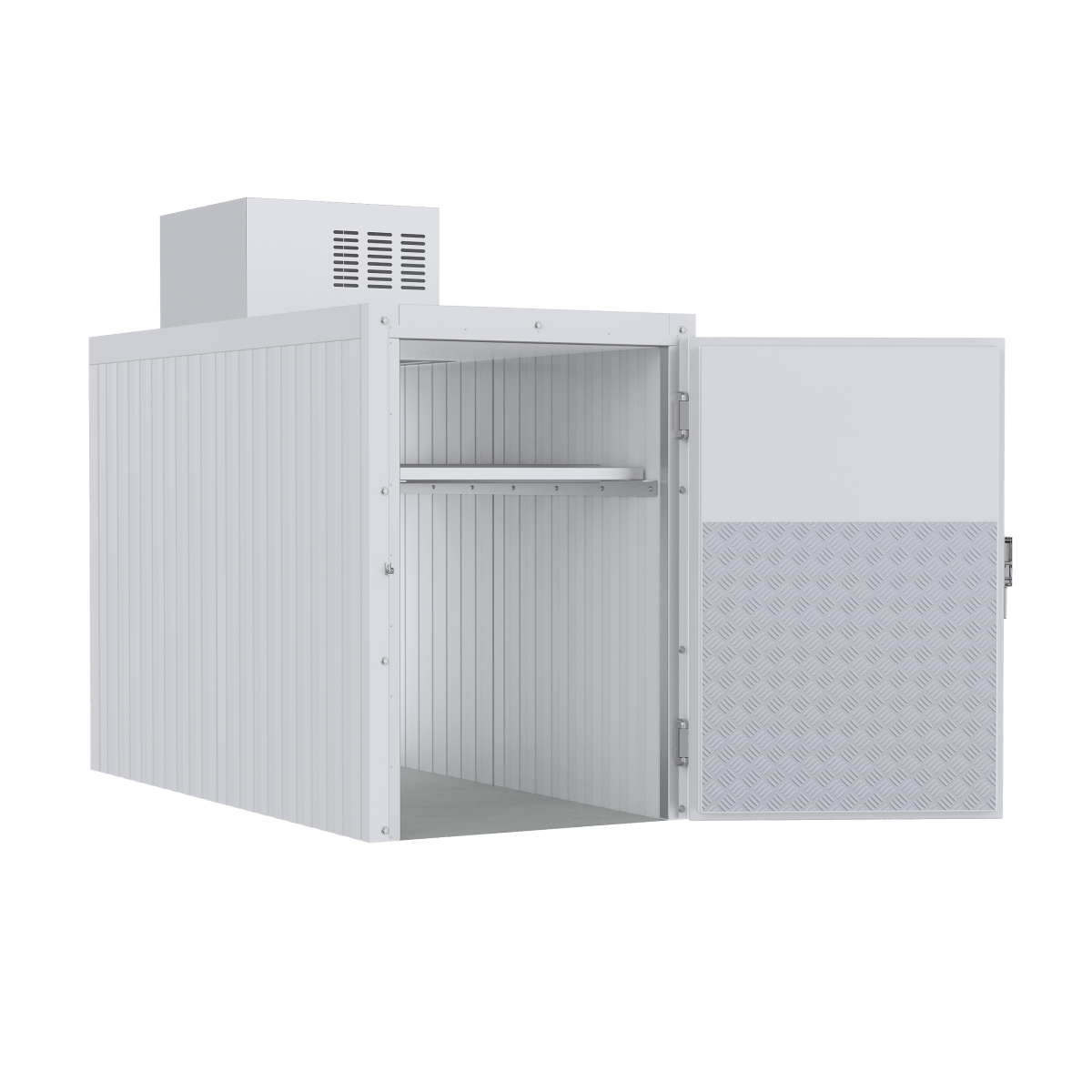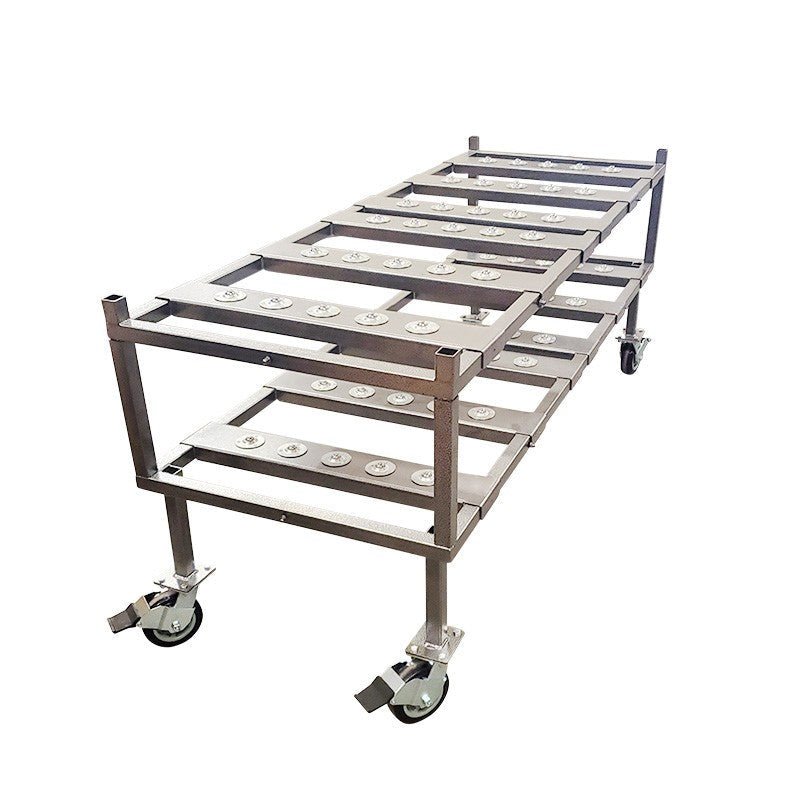Honoring Memories: Choosing the Right Cremation Urn
When looking for a cremation urn, consider these key factors:
- Size: Adult urns typically need 200 cubic inches (1 cubic inch per pound of body weight)
- Material: Metal, wood, ceramic, glass, marble, or biodegradable options
- Purpose: Display at home, burial, columbarium placement, or scattering
- Personalization: Engravings, designs, and decorative elements
- Budget: Prices range from $40 to $2,000+ depending on materials and craftsmanship
Cremation urns are vessels designed to hold the cremated remains of a loved one, providing a dignified resting place while honoring their memory. Selecting the right urn is one of the most personal decisions you'll make during the funeral planning process.
As Martin Luther King, Jr. wisely noted, "You have to know, not fear, that some day you are going to die." This perspective helps us approach the selection of a memorial vessel with clarity and purpose rather than hesitation.
For funeral directors and families alike, finding an urn that balances practicality with meaningful tribute requires understanding the available options. The right urn should reflect the personality and values of the deceased while meeting practical considerations like size, placement, and durability.
Whether you're seeking a traditional brass urn for display at home, a biodegradable option for an eco-friendly burial, or a decorative ceramic piece that serves as both memorial and art, this guide will help you steer your choices with confidence.
"The urn is warm and sympathetic; a unique, artistic focal point that celebrates a life well lived and dearly loved."
The vessel you choose will serve as a lasting tribute—one that may be displayed in a home, placed in a columbarium niche, or used in a burial ceremony. Taking time to consider all options ensures you'll select a memorial that properly honors your loved one's legacy.

Understanding Cremation Urns
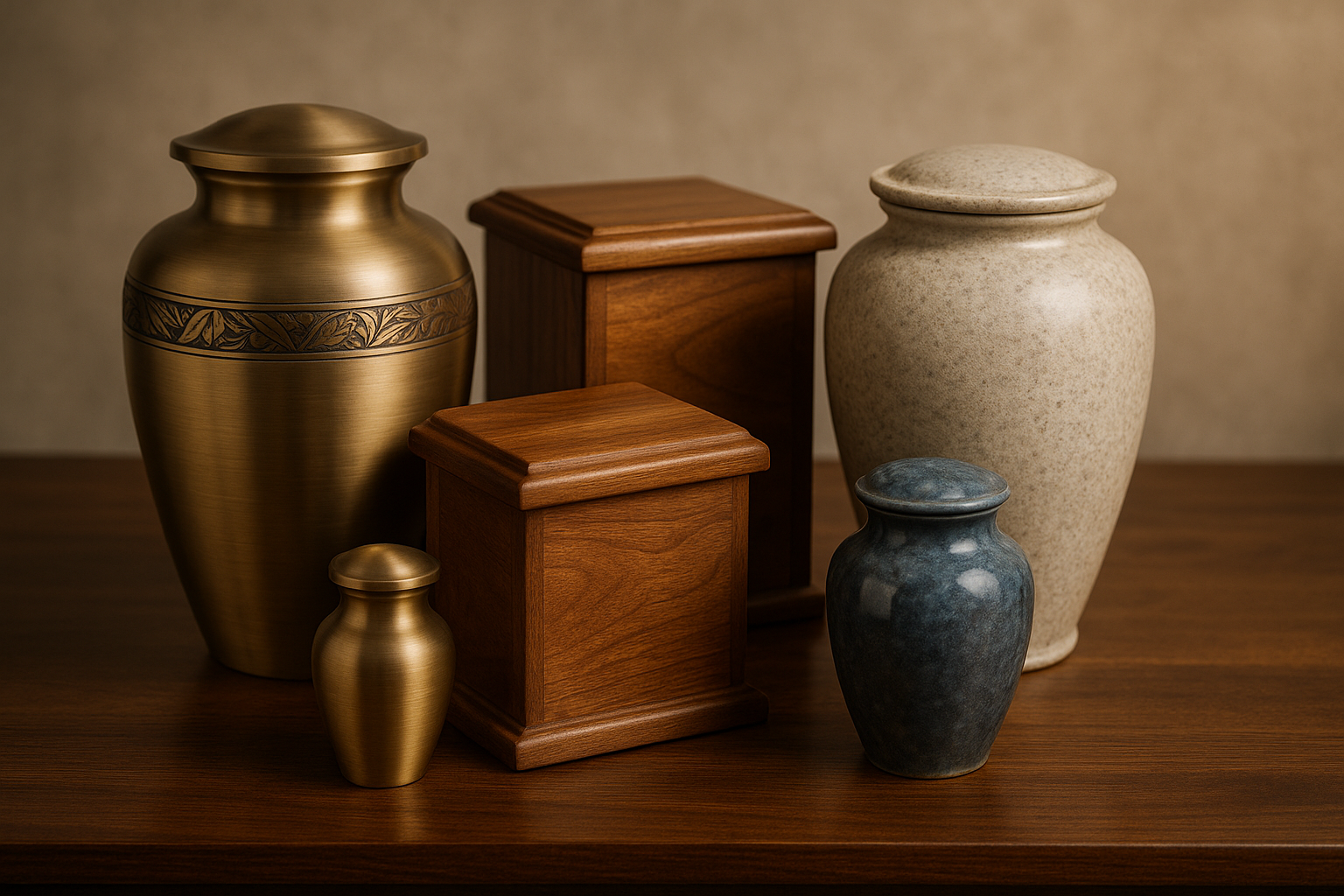
A cremation urn is far more than a simple container. It's a vessel of remembrance, a physical touchpoint connecting us to those we've loved and lost. Throughout human history, these special containers have held sacred significance across countless cultures, serving as both practical holders and meaningful symbols.
"We all have life energy and cremation helps us to let it free," as one traditional perspective beautifully puts it. The urn then becomes the honored vessel that cradles what remains, representing both the containment of precious memories and the release of the spirit.
When someone is cremated, their physical remains are transformed into what we commonly call "cremains" or "ashes." For most adults, these remains typically weigh between 3-7 pounds, taking up approximately 180-220 cubic inches of space. This practical reality guides the standard sizing of adult urns, which usually offer about 200 cubic inches of capacity.
It's fascinating to consider that cremated remains constitute only about 3.5% of the original body weight. This change—from physical presence to a relatively light memorial—is part of what makes choosing a meaningful vessel so deeply important to families.
The sizes and capacities of urns vary widely to accommodate different needs:
Standard adult urns provide around 200 cubic inches, perfect for holding the remains of one person. Companion urns are larger, offering approximately 400 cubic inches to accommodate the remains of two people, often couples who wished to remain together even after death. For families wanting to share portions of remains, keepsake urns are much smaller, typically holding just 1-50 cubic inches.
The emotional significance of selecting the right urn is beautifully captured in this personal story from Susan Allenback: "I just returned from my trip to New England where I had the beautiful urn with my parents' remains interred at Melrose Cemetery in Brockton, MA. I wanted to thank you, again, for your help in my quest to find the perfect urn for my parents... Everyone in my family was so pleased with it."
Her words remind us that an urn isn't merely a container—it's a final tribute that families will carry in their hearts for years to come. Whether displayed prominently in a home, placed in a columbarium, or used in a burial ceremony, the vessel you choose serves as a lasting memorial to a life that mattered deeply.
When selecting an urn, consider not just its practical purpose but how it might reflect the personality, values, and essence of your loved one. The right urn becomes a meaningful part of the memorial process, helping to honor and remember a unique life in a tangible, lasting way.
Types of Cremation Urns
When it comes to cremation urns, today's options reflect our diverse approaches to remembering loved ones. Each type serves different needs and preferences, allowing families to find the perfect vessel for their unique situation.
Companion Cremation Urns
Companion urns celebrate the enduring bonds between couples who wish to remain together even in death. These larger vessels hold the remains of two people, typically spouses or partners who shared a lifetime of memories.
With capacities around 400 cubic inches—roughly twice the size of standard adult urns—companion urns provide a shared resting place that honors a couple's journey together. Some designs feature divided compartments that keep remains separate yet together, while others combine the ashes completely, symbolizing an eternal union.
"I had never seen such unique urns before," one customer shared. "The urn suits beautifully in our garden. Thank you for this unique and beautiful artwork." For many families, these urns create a meaningful focal point that celebrates a relationship that transcended even death itself.
Keepsake Cremation Urns
When families wish to share the presence of a loved one among multiple households, keepsake urns offer a touching solution. These smaller vessels, typically holding between 1-50 cubic inches of cremated remains, allow family members to each keep a portion of ashes.
From tiny traditional urns to wearable memorial jewelry, keepsake options have expanded dramatically in recent years. Many families choose matching sets that create a sense of connection even when relatives live far apart.
As one customer beautifully expressed, "The Crystal Butterfly Cremation Pendant allows me to keep a small portion of my mother's ashes close to my heart, while the main urn stays at my sister's home." These intimate memorials provide comfort during the grieving process, creating tangible connections to those we've lost.
Biodegradable Urns
For those who lived with environmental consciousness, biodegradable urns offer a final gesture of care for the earth. Crafted from materials that naturally break down over time, these urns allow remains to return to nature with minimal environmental impact.
These eco-friendly options use materials like recycled paper, salt compounds, bamboo, cornstarch, and natural sand—all designed to dissolve harmlessly when buried or placed in water. Some even contain tree seeds or saplings, changing the end of one life into the beginning of another.
A customer from Queensland shared a touching story: "I'm writing to thank you for my unique resting place for my husband Trevor. Passing away at only 50 from a motorbike accident and having a lifelong passion for Motorbikes. I researched for many weeks to find a unique and suitable piece." Finding an urn that honors both the person and their values brings profound comfort to those left behind.
Scattering Urns
The act of scattering ashes can be both beautiful and challenging. Specialized scattering urns address the practical aspects while preserving the dignity of this meaningful ritual. These thoughtfully designed vessels feature secure closures to prevent accidental spillage before the ceremony and easy-open mechanisms for the moment of scattering.
Many also incorporate design elements that minimize wind interference, allowing for a controlled release rather than an awkward moment. "We wanted to celebrate my father's love of sailing by scattering his ashes at sea," one family member shared. "The scattering urn made this possible without the awkwardness we feared. It was a beautiful ceremony."
These purpose-built containers transform what could be a logistically difficult moment into a graceful farewell, allowing families to focus on the emotional significance rather than practical concerns.
Pet Cremation Urns
The deep bonds we form with our animal companions deserve to be honored just as meaningfully as our human relationships. Pet cremation urns come in various sizes suitable for animals from tiny hamsters to beloved Great Danes, with designs that celebrate the special joy these companions bring to our lives.
Many pet urns feature paw prints, silhouettes, photo frames, or customizable nameplates that acknowledge the unique personality of each animal. Species-specific designs can further personalize the memorial, whether featuring a playful cat, loyal dog, or majestic horse.
"Beautiful urn, quick delivery," wrote one pet parent. "Very happy with the choice we have made. The ashes of our son [pet] belong in such a unique urn." These vessels help grieving pet owners honor the profound impact these animals have on our hearts and homes.
Materials Used in Cremation Urns
When choosing a cremation urn, the material it's made from matters deeply. It's not just about looks—the material affects how long the urn will last, where you can place it, and how it feels when you hold it. Let's explore the beautiful range of options available to honor your loved one.
Metal Urns
There's something timeless about metal urns. These durable vessels have been trusted for generations to safeguard precious memories with dignity and grace.
Most metal urns are crafted from brass or bronze, though you'll also find beautiful options in stainless steel, copper, and pewter. What makes these urns so practical is their threaded lids that create a reliable seal, protecting your loved one's ashes from moisture and preventing accidental spills.
"Well made looks like real ceramic. Nice for showing or burial," shared one customer, highlighting how today's metal urns can beautifully mimic other materials while offering superior durability.
Metal urns are wonderfully versatile—perfect for displaying at home, placing in a columbarium niche, or burying in a cemetery (usually with a protective vault). Many people appreciate their substantial weight, which provides a reassuring heft that feels appropriate for such an important memorial.
The artistry possible with metal is remarkable. Many feature intricate engravings or colorful cloisonné work, where vibrant enamel fills spaces between raised metal designs, creating stunning visual tributes.
Wooden Urns
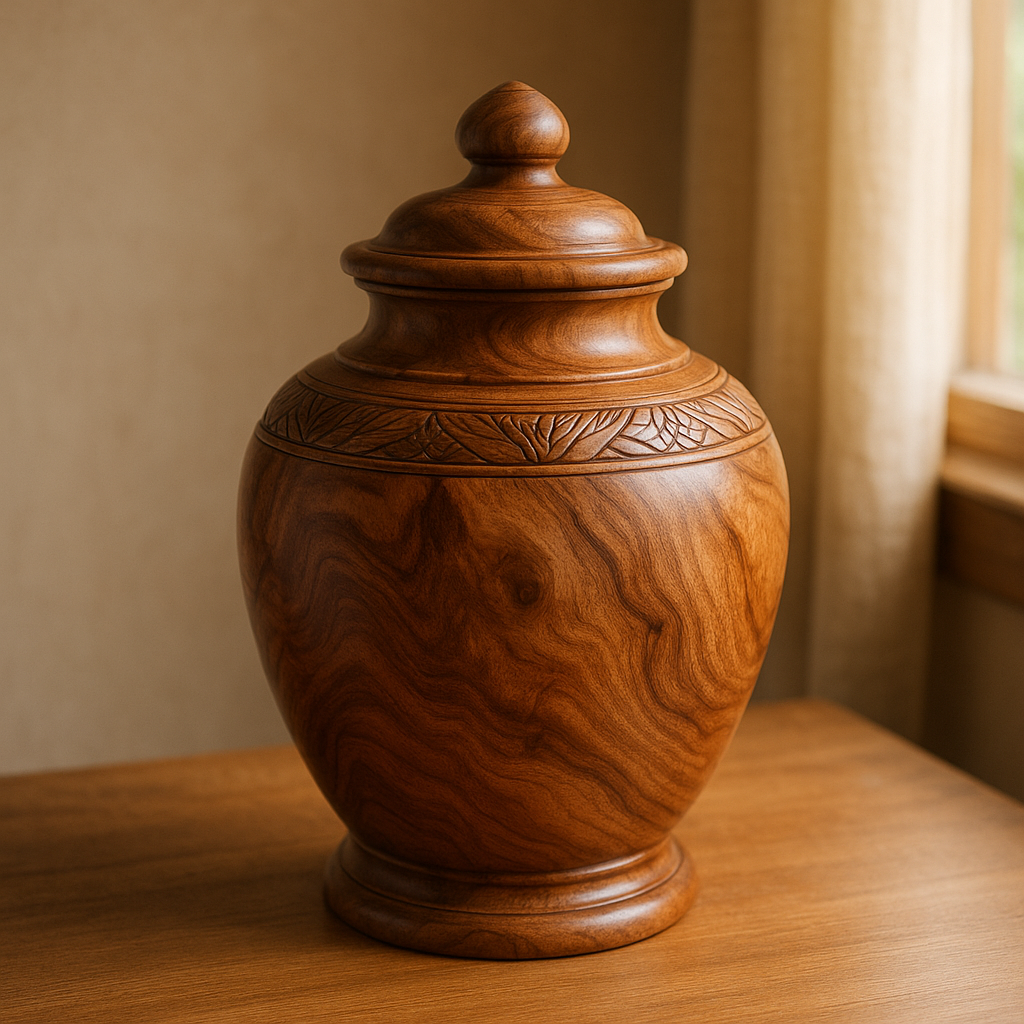
There's a natural warmth to wooden urns that many families find deeply comforting. As one craftsperson beautifully expressed, "Wood is a beautiful, natural and useful gift to mankind for life." This sentiment captures why wooden urns remain a beloved choice for so many.
Each wood species brings its own character to an urn. Maple offers a light, subtle grain, while oak presents bold patterns with medium tones. Walnut delivers rich, dark brown elegance, cherry provides a reddish-brown that deepens beautifully with age, and mahogany showcases a deep reddish-brown with straight grain. For something truly unique, exotic woods offer distinctive patterns and colors that stand apart.
The craftsmanship possible with wooden urns is truly special. Consider the 'Fireflame' urn, which harmoniously blends 49 individual pieces of black walnut and red padauk wood. Because of wood's natural variations, each urn becomes a one-of-a-kind tribute.
Personalization options abound with wooden urns. They can be lovingly carved, inlaid with contrasting woods, laser-etched with meaningful images, or adorned with symbols that reflected your loved one's values and interests.
One craftsman captured the emotional resonance of these urns perfectly: "Skilfully and compassionately turned from natural wood to hold the ashes of your loved one, the urn is warm and sympathetic; a unique, artistic focal point that celebrates a life well lived and dearly loved."
Marble and Stone Urns
When permanence and classical beauty matter most, marble and stone urns offer best dignity. These materials have honored the departed for thousands of years across countless cultures.
Marble urns feature those distinctive veining patterns that make each piece uniquely beautiful. They come in a spectrum of colors from pure white to deep black, with various shades of green, pink, and brown available. When polished, the surface takes on a smooth, reflective quality that improves the stone's natural beauty.
Beyond marble, other stone options include granite (extremely durable with speckled patterns), onyx (translucent with captivating banded patterns), and alabaster (a softer stone with a gentle, luminous quality).
Stone urns excel in permanent display situations or for burial. Their substantial weight provides a sense of permanence that many find appropriate for memorialization, though this weight is worth considering for shipping and handling.
As one customer beautifully shared, "The marble urn we selected for my grandmother feels like it will last forever, just like her influence on our family." This sentiment perfectly captures why many choose stone—it embodies permanence.
Ceramic and Glass Urns
For those who see an urn as both a vessel and an art piece, ceramic and glass options open a world of creative possibilities. These materials allow for vibrant colors, unique shapes, and artistic expressions that can perfectly capture your loved one's vibrant personality.
Ceramic urns begin as clay that's carefully shaped, fired, glazed, and fired again. The results range from simple, neat forms to elaborate sculptural pieces that serve as true works of art. Special techniques like raku firing create truly one-of-a-kind patterns that can never be exactly replicated.
"Each urn is individually hand-sculpted, making every piece unique in size, shape and color," noted one artisan. This individuality speaks to families seeking a truly personal memorial.
Glass urns showcase remarkable artistic versatility. Blown glass creates swirling, dynamic colors; cast glass can contain embedded designs; fused glass combines multiple colors and textures; and etched glass can feature detailed imagery that tells a story.
"Thank you for being so helpful. The result is absolutely stunning," shared one grateful customer. The visual impact of ceramic and glass urns often makes them ideal for prominent display in the home, where their beauty can be appreciated daily.
It's worth noting that both ceramic and glass require careful handling due to their fragility. They're best suited for home display or placement in protected columbarium niches rather than burial.
Biodegradable Urns
As environmental awareness grows, so does interest in biodegradable options. These thoughtfully designed urns break down naturally when buried in soil or placed in water, returning your loved one to nature with minimal environmental impact.
Biodegradable urns are crafted from a variety of earth-friendly materials: handmade paper or cardboard that naturally decomposes; salt compounds that dissolve gently in water; plant-based materials like bamboo, cornstarch, or gelatin; and sand or clay composites that return to the earth.
Some biodegradable urns take the concept further by including seeds or tree saplings that will grow using nutrients from the ashes, creating a living memorial. The "Tree of Life Timber Cremation Urn" beautifully transforms loss into new growth—a powerful symbol of continuity.
"We would like to thank you for the beautiful urn you have created for our daughter," one family shared. "We are happy that we found a nice spot in our house so our daughter is at home. Exactly what we were looking for."
These urns align perfectly with natural burial practices and are often chosen by those who held strong environmental values or had a special connection to nature. They offer a meaningful way to return to the earth in a manner that supports rather than harms ecological systems.
How to Choose the Right Cremation Urn
Selecting the perfect cremation urn is a deeply personal journey that balances practical needs with emotional significance. During such a tender time, making this decision might feel overwhelming, but taking it step by step can help you find the perfect vessel to honor your loved one.
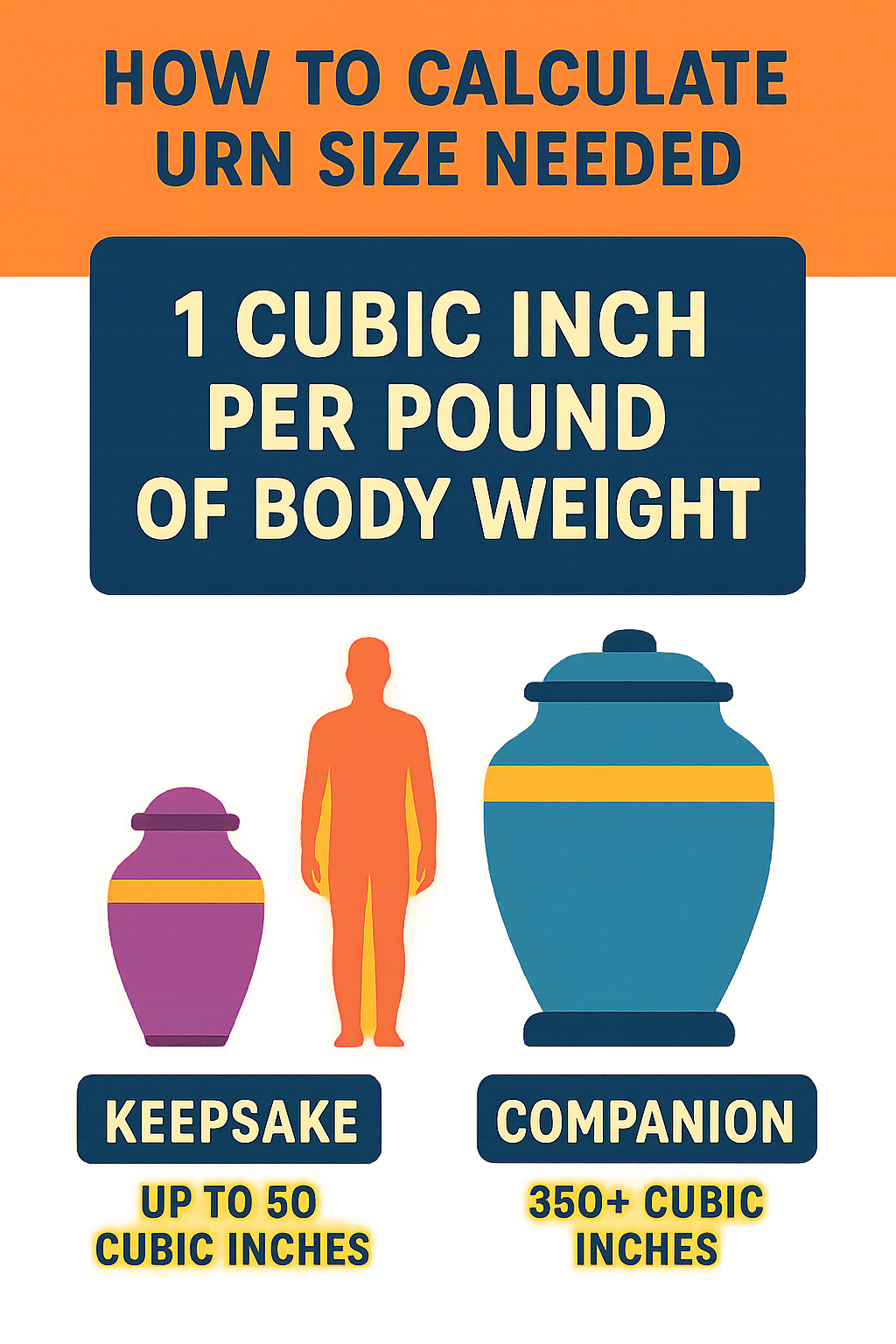
Size Considerations
First things first: you'll need to ensure the urn has enough space. The rule of thumb that funeral professionals use is straightforward – you'll need approximately 1 cubic inch of space for each pound of the person's pre-cremation body weight.
For a loved one who weighed 150 pounds, you'd want an urn with at least 150 cubic inches of capacity. Most standard adult urns provide about 200 cubic inches, giving you a comfortable buffer. If you're selecting a companion urn to hold the remains of two people, look for options with 350-400 cubic inches.
I've spoken with many families who appreciate having a bit of extra room rather than finding themselves with an urn that's too small. There's something particularly distressing about finding an urn doesn't have enough capacity during what's already a difficult time.
Intended Use
Where and how you plan to keep the urn should guide your selection significantly. This practical consideration often narrows your options in helpful ways.
For home display, think about where the urn will sit and how it will blend with your surroundings. One customer told me she found the perfect urn for her mother after a long search: "The urn suits beautifully in our garden. I had never seen such unique urns before." Choose materials and designs that feel right in your space while reflecting your loved one's essence.
If you're planning a burial, you'll need to consider cemetery regulations first. Many require protective vaults for standard urns, though some green burial grounds specifically request biodegradable options. Materials like marble, stone, or metal work well for traditional burials, while paper or plant-based urns suit eco-friendly interments.
For columbarium placement, size becomes critical in a different way. Before purchasing, measure or ask for the exact dimensions of the niche. Columbariums often have rectangular spaces, so traditional vase-shaped urns might not maximize the available room. Some manufacturers create urns specifically designed to fit standard niches.
If scattering is part of your plan, consider specialized scattering urns that allow for a dignified, controlled release of ashes. Many families choose to keep a small portion in a keepsake urn after scattering, creating a tangible connection they can hold onto.
Personal Significance
Beyond the practical matters, the most meaningful urns capture something essential about the person they memorialize. As one grief counselor beautifully put it: "Choosing a cremation urn can serve as a therapeutic way to honor and remember a loved one." The selection process itself becomes part of your healing journey.
Think about what made your loved one unique. Were they passionate about nature? A wooden urn might feel right. Did they serve in the military? Consider an urn with appropriate service emblems. Was their faith central to their life? Religious symbols might provide comfort.
Some families find themselves drawn to certain materials – the warmth of cherry wood, the permanence of marble, or the artistic expression of hand-blown glass. Trust this intuition; it often leads to choices that feel right on a deeper level.
Budget Considerations
Cremation urns span an enormous price range, from simple containers under $50 to artistic masterpieces costing thousands. Setting a comfortable budget before you begin shopping helps narrow your focus while ensuring you find something meaningful.
The price typically reflects the materials used, craftsmanship involved, and level of personalization. Handcrafted items generally cost more than mass-produced ones, and precious metals or rare woods command higher prices than more common materials.
It's worth remembering that the most expensive urn isn't necessarily the most meaningful. The significance comes from how well it represents your loved one and provides comfort to those left behind.
| Urn Type | Typical Capacity | Suitable For | Average Price Range |
|---|---|---|---|
| Standard Adult | 200 cubic inches | Individual adult | $50-$300 |
| Companion | 400 cubic inches | Couple/partners | $100-$500 |
| Keepsake | 1-50 cubic inches | Sharing remains | $25-$100 |
| Biodegradable | 200 cubic inches | Green burial/scattering | $50-$200 |
| Artistic/Custom | Varies | Unique memorialization | $200-$2,000+ |
At American Mortuary Coolers, we understand the importance of every aspect of memorialization. While our primary focus is providing quality mortuary refrigeration to funeral homes nationwide, we appreciate how meaningful these personal choices are for families. The vessel you select becomes part of your ongoing relationship with your loved one's memory – a choice worth making with care and consideration.
For more comprehensive information about selecting the perfect memorial vessel, you might find this guide to cremation urns from Perfect Memorials helpful in your decision-making process.
More info about choosing the perfect urn
Personalizing Your Cremation Urn
Changing a cremation urn from a simple vessel into a meaningful tribute is perhaps one of the most healing aspects of the memorial process. When we add personal touches to an urn, we create something that truly speaks to who our loved one was—their personality, passions, and the legacy they've left behind.
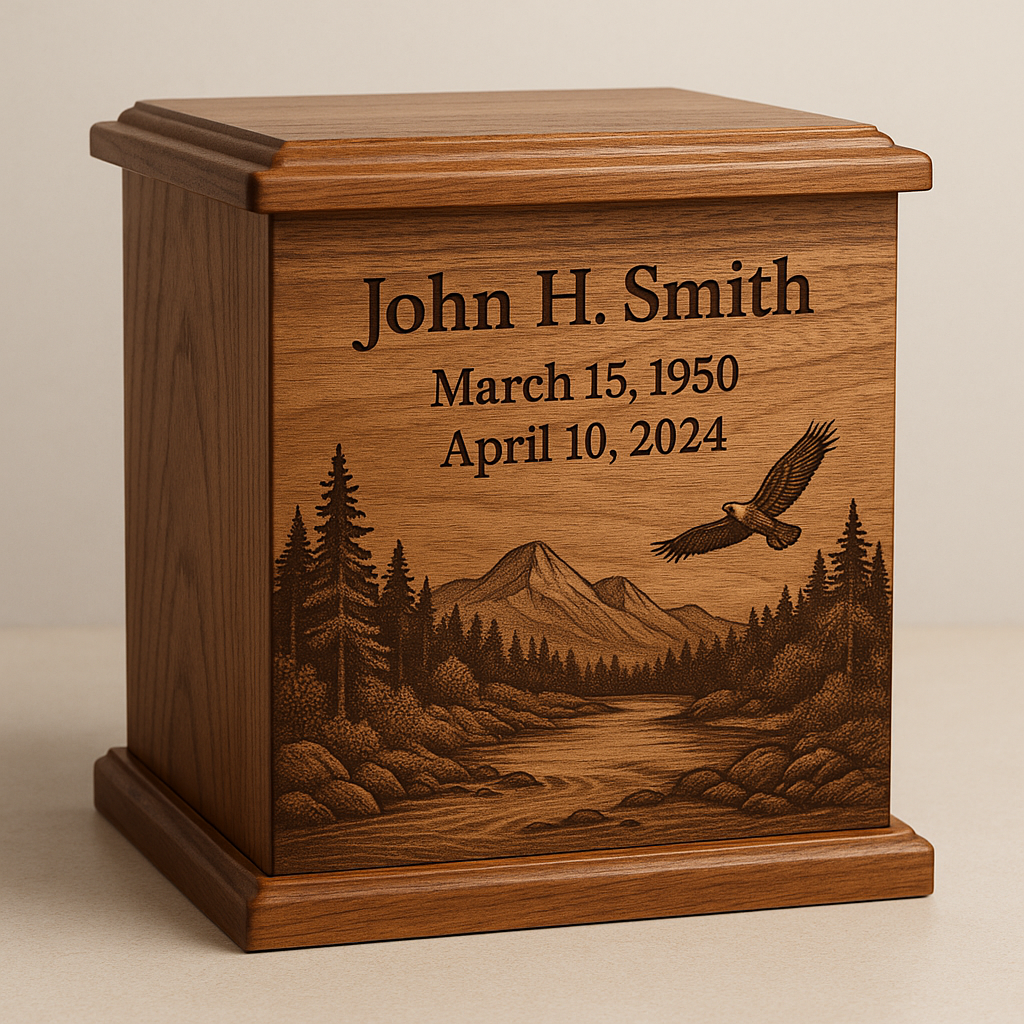
Engraving and Inscriptions
The gentle permanence of engraving offers families a way to mark an urn with identifying information and meaningful words. Beyond just names and dates, many families choose to include special quotes, religious verses, or personal messages that capture their loved one's spirit.
"We would like to thank you for the beautiful urn you have created for our daughter," one mother shared with us. "We are happy that we found a nice spot in our house so our daughter is at home. Exactly what we were looking for."
The technology behind engraving has evolved beautifully over the years. Traditional hand engraving creates a timeless, classic look with its distinctive character, while laser engraving offers remarkable precision—especially on materials like wood and metal. For glass and ceramic urns, etching techniques create a frosted appearance that catches the light in subtle ways. Some families prefer relief engraving, which creates raised designs that add texture and dimension to the memorial.
Most urns feature areas specifically designed for inscriptions, though the material will naturally influence which methods work best. A skilled engraver can help you understand what's possible for your chosen vessel.
Themes and Symbols
Nothing speaks to a person's character quite like the themes and symbols that mattered to them in life. For someone who found peace in nature, an urn featuring delicate wildlife scenes or mountain landscapes might feel just right. Those with strong faith connections might prefer religious imagery that reflects their spiritual journey.
One widow's story particularly touches our hearts: "I'm writing to thank you for my unique resting place for my husband Trevor. Passing away at only 50 from a motorbike accident and having a lifelong passion for Motorbikes, I researched for many weeks to find a unique and suitable piece."
Military service, cultural heritage, beloved hobbies—all can be represented through thoughtfully chosen symbols. For the musician, perhaps musical notes dancing across the surface; for the avid gardener, perhaps delicate flowers that never fade.
Photographs and Artwork
There's something profoundly comforting about seeing a loved one's face or favorite artwork incorporated into their memorial. Modern techniques have made this increasingly accessible, with options ranging from ceramic photo medallions that attach to various urn types to direct printing on ceramic or metal surfaces.
Some families choose to commission custom artwork specifically for the urn, while others prefer to reproduce a favorite painting or meaningful image. As one artisan explained to us, "We use advanced ceramic printing for memorial portraits to ensure long-lasting, fade-resistant images." These visual elements help keep memories vivid and present alongside the physical remains.
Hidden Personalization
Some of the most touching personalizations aren't visible at first glance. As one urn creator beautifully expressed: "A text of your choice, a phrase or a short poem, written on the inner wall, hidden from the onlooker but with the presence of its message. Not all things need to be seen but by being there, they bestow the essence of their wisdom."
This concept of hidden meaning can take many forms. Some families write messages on the inside of the urn, visible only when it's opened. Others place small mementos alongside the ashes—perhaps a wedding ring, a special coin, or a tiny note. Some even incorporate meaningful materials into the urn's construction, like wood from a family property or fabric from a cherished garment.
"Choosing a cremation urn can serve as a therapeutic way to honor and remember a loved one."
This perspective rings true for so many families we've worked with. The act of personalizing an urn becomes part of the healing journey, allowing loved ones to channel grief into creating something meaningful and lasting.
Working with Artisans
For truly one-of-a-kind memorials, many families find comfort in working directly with skilled artisans who specialize in custom urns. These craftspeople bring not only technical skill but also a deep understanding of the emotional significance of their work.
"Each Remembrance Urn is naturally unique due to the hand-selected and variably grained wood, reinforcing the idea that no two memorial pieces are exactly the same," one woodworker shared with us. This natural variation feels particularly appropriate—after all, each life we honor was also uniquely their own.
The collaborative process between families and artisans often brings unexpected comfort. Discussing design elements, selecting materials with special significance, or incorporating personal items into the urn's construction all become ways of honoring and remembering. The result transcends being merely a container—it becomes a work of art that captures something essential about the person it memorializes.
At American Mortuary Coolers, we've seen how these personalized vessels become cherished focal points in homes, providing both comfort and a sense of continued connection. While our primary work supports funeral homes with reliable refrigeration solutions, we understand deeply that every element of memorialization matters to the families you serve.
Frequently Asked Questions about Cremation Urns
What Size Cremation Urn Do I Need?
Choosing the right size cremation urn doesn't need to be complicated. The rule of thumb most funeral professionals use is surprisingly straightforward: you'll need about 1 cubic inch of capacity for each pound of the person's pre-cremation body weight.
To put this in practical terms, if your loved one weighed 165 pounds, you'd want an urn with at least 165 cubic inches of capacity. Most standard adult urns provide about 200 cubic inches, which comfortably accommodates most adults' remains.
"An adult size urn is the correct size for most family's needs, designed to fit the ashes of one person," as one experienced funeral director often tells families facing this decision for the first time.
It's worth knowing that cremated remains are remarkably light, constituting only about 3.5% of original body weight. This means a person who weighed 200 pounds before cremation will yield approximately 7 pounds of cremated remains – a poignant reminder of our physical change.
For larger individuals, specialized urns with capacities of 220-300 cubic inches are readily available. And if you're looking to create a shared memorial, companion urns typically offer around 400 cubic inches, perfect for couples who wish to remain together.
When making your selection, err on the side of more capacity rather than less. Having a bit of extra room ensures all remains can be accommodated with dignity, sparing you potential distress during an already difficult time.
Do Cremation Urns Need to Be Sealed?
Properly sealing a cremation urn provides important practical and emotional benefits. A good seal prevents accidental spillage, protects the remains from moisture, and offers peace of mind to family members who want to ensure their loved one's remains are secure.
Different materials feature various sealing mechanisms, each with their own advantages:
Metal urns typically come with threaded lids that screw securely into place, creating a reliable closure. "Metal urns often feature threaded lids, while other materials might rely on special adhesives to ensure a tight seal," explains one craftsman who specializes in memorial vessels.
Wooden urns might use threaded lids similar to their metal counterparts, bottom-opening panels secured with screws, or friction-fit lids that sit snugly in place. Some wooden urns combine these mechanical closures with adhesives for extra security when permanent sealing is desired.
For those choosing ceramic or glass urns, you'll often find silicone or rubber gaskets creating a seal between the lid and base. These materials may also use special adhesives designed for permanent sealing, or cork stoppers for certain designs.
Biodegradable urns present a different approach since their purpose is to eventually break down. They still provide secure temporary closure until their final disposition, but aren't designed for permanent sealing.
If you're handling the transfer of remains yourself, don't hesitate to ask for help. As one compassionate funeral director suggests, "If handling the ashes yourself, ask a trusted friend or family member to help transfer the ashes safely from the temporary container to the urn." This practical advice acknowledges both the emotional and physical challenges of this task.
Can Cremation Urns Be Buried?
Yes, cremation urns can absolutely be buried, and many families choose this option to create a permanent memorial site. However, there are several important considerations to keep in mind before proceeding.
The material of your urn matters significantly for burial. For ground burial, durable materials like cultured marble, genuine stone, and heavy-duty metal provide the best long-term protection. As one cemetery director notes, "For ground burial, materials like cultured marble, genuine stone, and heavy-duty plastic/resin are recommended due to their durability and moisture resistance."
Wooden urns, while beautiful, will naturally deteriorate over time when buried directly in soil. This may align perfectly with your intentions for a natural return to the earth, or it might not be what you had in mind. Biodegradable urns take this concept further, being specifically designed to break down naturally in the earth – some even contain tree seeds that grow as the urn decomposes, creating a living memorial.
Before purchasing an urn for burial, check with your chosen cemetery about their specific requirements. Many cemeteries mandate the use of an urn vault – an outer container that protects the urn from the weight of the earth and cemetery maintenance equipment. This protective vault also prevents the ground from settling after burial, maintaining the cemetery's even landscape.
"Non-biodegradable urns are not recommended for direct burial without a protective vault due to the risk of moisture damaging the ashes," cautions an experienced funeral professional. This practical advice highlights the importance of either using appropriate protection or choosing naturally biodegradable materials if direct earth contact is desired.
For families considering burial at sea, specialized biodegradable urns designed to sink and dissolve in water provide a meaningful option that complies with maritime regulations. These urns allow families to create a special memorial experience while respecting environmental considerations.
Conclusion
Selecting a cremation urn is a deeply personal journey that balances practical considerations with emotional significance. Throughout this guide, we've explored the diverse options available to honor loved ones with dignity and meaning.
From traditional metal vessels to handcrafted wooden masterpieces, from neat marble to artistic ceramic creations, today's memorial market offers unprecedented choice. This variety ensures that families can find or commission vessels that truly reflect the unique lives they commemorate.
When making your selection, size truly matters. Using the guideline of 1 cubic inch per pound of body weight will ensure you choose an urn with sufficient capacity. This simple calculation can prevent additional stress during an already difficult time.
The intended purpose of the urn should guide your selection process. An urn for home display might prioritize artistic elements and personal meaning, while one for burial needs to meet cemetery requirements. For scattering ceremonies, specialized designs offer both dignity and practicality.
Materials have meaning beyond just appearance. The warmth of wood, the permanence of stone, the brilliance of glass—each substance carries its own symbolism and practical benefits. Consider both the physical properties and the emotional resonance of different materials.
Personalization transforms a simple container into a lasting tribute. Whether through engraving, custom artwork, or meaningful symbols, these touches create a connection between the vessel and the person it memorializes. Even simple personalization can profoundly improve the memorial value of an urn.
Finding meaning doesn't necessarily require a large budget. While handcrafted artistic pieces may command premium prices, thoughtful and dignified options exist at various price points. The significance comes from how well the urn represents your loved one, not its cost.
Remember the wisdom shared by one artisan: "Since I believe that death is as important as life, it has to be considered with honor and respect, with understanding and love." This perspective reminds us that the vessel we choose represents not just an ending but a celebration of a complete life journey.
At American Mortuary Coolers, we understand the importance of dignity in every aspect of end-of-life care. While our primary focus is providing quality mortuary refrigeration systems to funeral homes nationwide, we recognize that each element of the memorial process—from preservation to final disposition—deserves thoughtful attention.
Our team stands ready to support funeral professionals with the equipment they need to serve families with excellence. Just as selecting the right urn honors an individual, choosing appropriate preservation equipment honors the profession's commitment to dignified care.
More info about American Mortuary Coolers
As you consider the options presented in this guide, remember there is no single "right" choice—only the choice that feels right for your specific situation. The perfect urn is the one that brings comfort to the living while honoring the memory of those who have passed.


